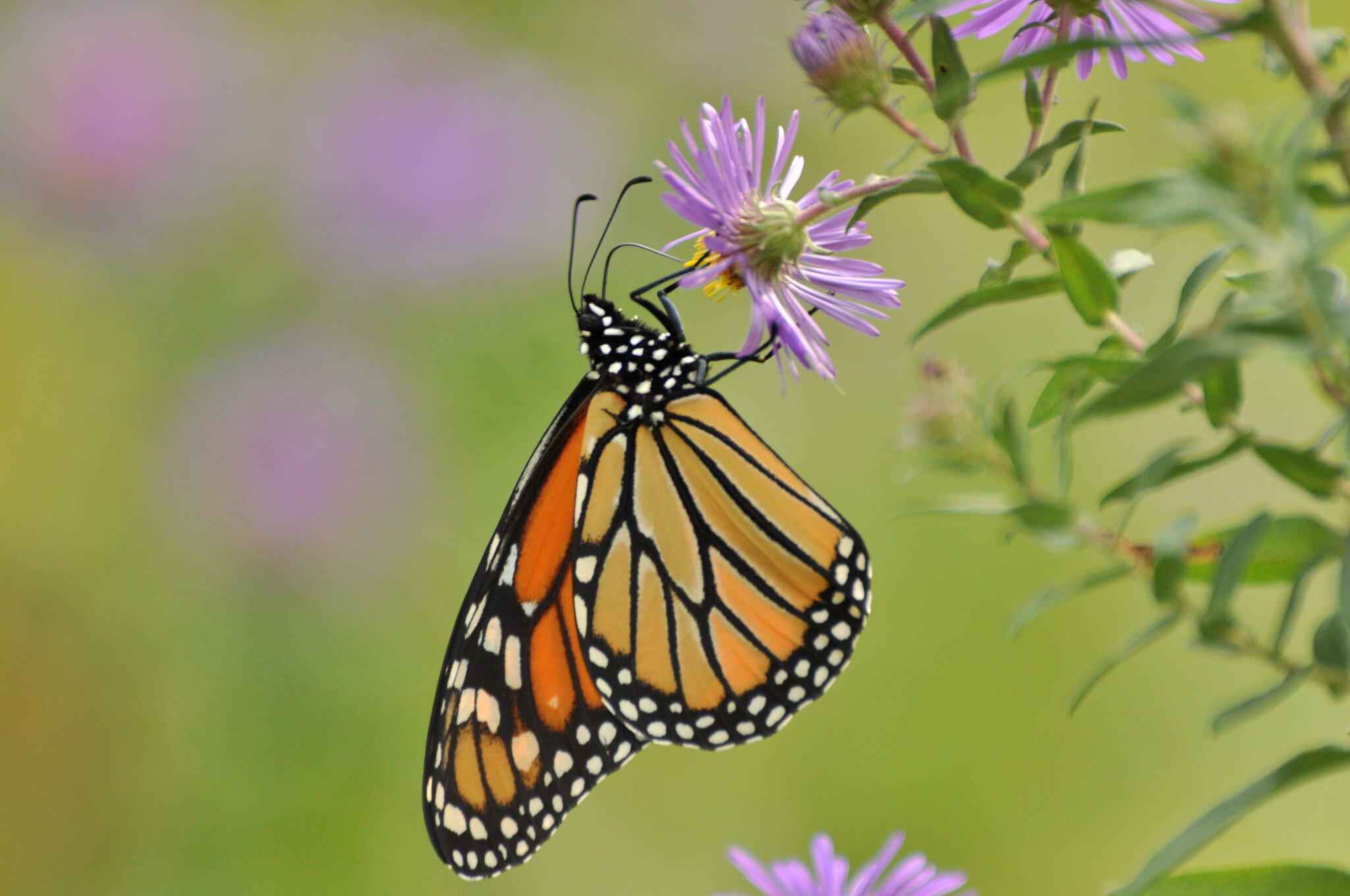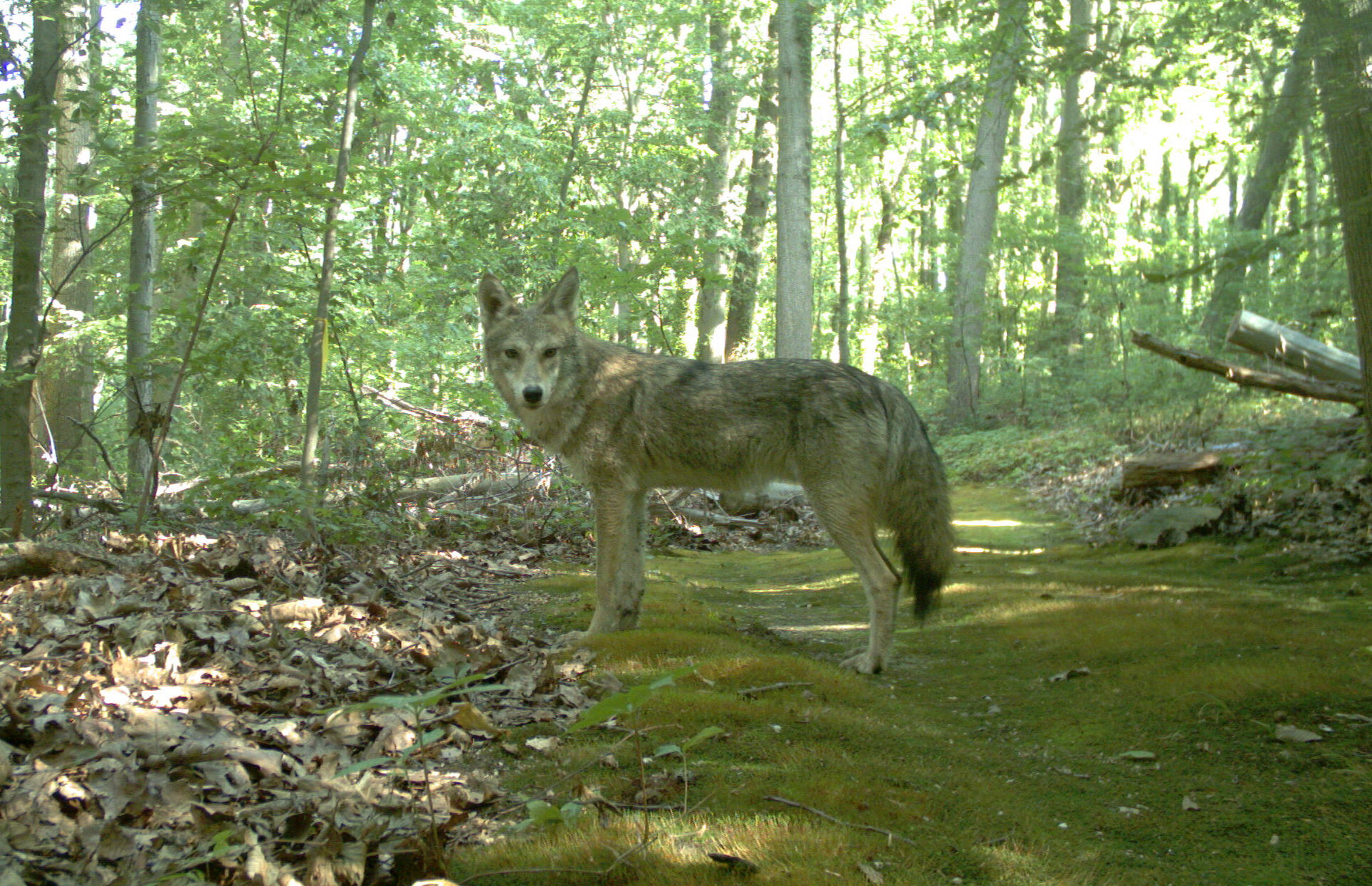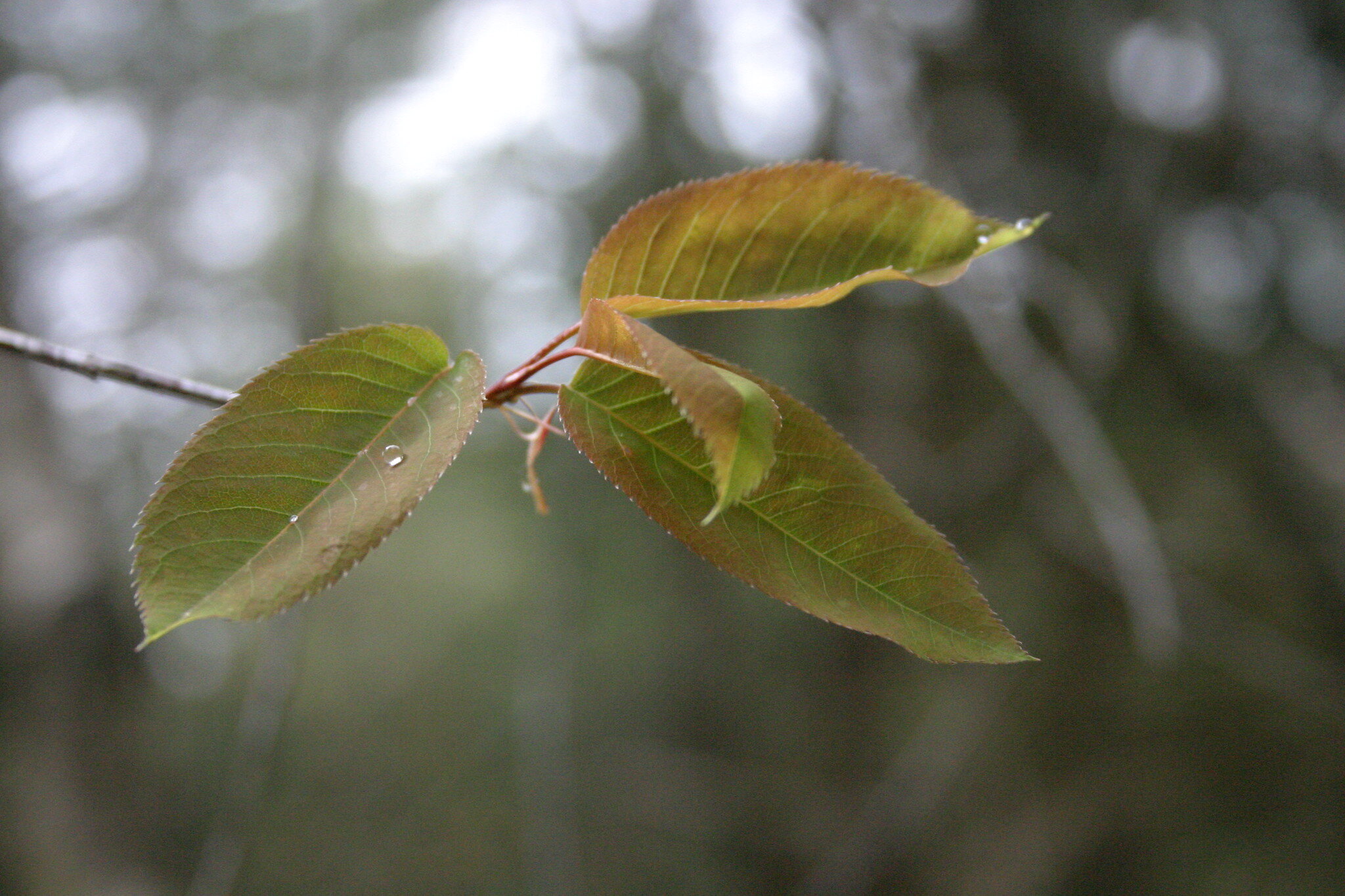Photos by Luke Ormand
Many Long Islanders look forward to the winter. It’s a time for skiing, skating, sledding, and snowman building. It’s an invitation to walk along quiet coastal beaches devoid of the maddening crowds, and it certainly provides the opportunity to reconnect with family and friends during the holidays. For folks inclined to stay indoors during the cold, it’s a time to catch up on best-selling books accompanied with the obligatory wine or hot chocolate.
My primary attraction of the winter? Waterfowl, or more precisely, ducks, swans, and geese! And the more the merrier! Each winter I look forward to the arrival of nearly three dozen colorful waterfowl species that fly south to overwinter on the Island’s ponds, lakes, harbors, bays, and near shore ocean waters, making our island one of the premier waterfowl viewing locations in North America. They join several species that are on Long Island year-round, such as Mallards and Mute Swans. All are avian eye-candy and unlike many other birds that are challenging to identify because they constantly flit around, waterfowl generally stay put on the water giving the viewer ample opportunity to enjoy their rich tapestry of color and texture and to make the correct species identification. If you think I’m exaggerating about their beauty, as soon as you finish this article, look up the following species – Wood Duck, Harlequin Duck, Redhead, Common Eider, Hooded Merganser, Ring-necked Duck, and Long-tailed Duck (especially the male). Or how about the little butterball-shaped Buffleheads, or the similarly small Ruddy Duck. Let’s not forget Common Goldeneye, graceful Northern Pintail, or larger Northern Shoveler, which uses its unique spatulated bill to feed on freshwater ponds.
Over the past decade us waterfowl aficionados have more reason to enjoy the winter season, as several “exotic” waterfowl species like Barnacle Geese and Pink-footed Geese have become regular visitors. These are species common to regions in Europe that have begun to nest in northeastern Canada and instead of crossing the Atlantic Ocean to overwinter in Europe, they head south to coastal New England and Long Island. And due to the science of taxonomy we get a new species of Canada Goose called the Cackling Goose in our midst, identifiable by its smaller body and shorter neck.
To satisfy my seasonal waterfowl fix I recently visited the bluffs adjacent to the Old Field Lighthouse, overlooking Long Island Sound. I was in search of a King Eider, a stunningly beautiful sea duck that overwinters in small numbers in our coastal waters. I wasn’t disappointed. Focusing the 40x scope on the rafts of sea ducks I was quickly rewarded by a wonderful collection of feathered beauty – the coveted King Eider was present, as well as Common Goldeneye, Red-breasted Merganser, several species of scoters (Black, White-winged and Surf), and my favorite – the exotic looking Long-tailed Duck. Common Loons and a few gull species were sprinkled throughout the calm, near-shore waters. Many ducks were actively feeding, diving to the bottom to forage on mussels and snails. The weather was well below freezing and I marveled at the ability of the birds to thrive in such conditions without a problem.
Not so for me, as my fingers and feet were growing uncomfortably numb after two hours in the relentless chill. But as I ambled back to the warmth of a car, with binoculars slung around my neck and birding scope on my shoulder, forefront in my mind were the beautiful images of these sea ducks – an annual gift of the winter season I never tire of receiving.
Our Winter Gift



